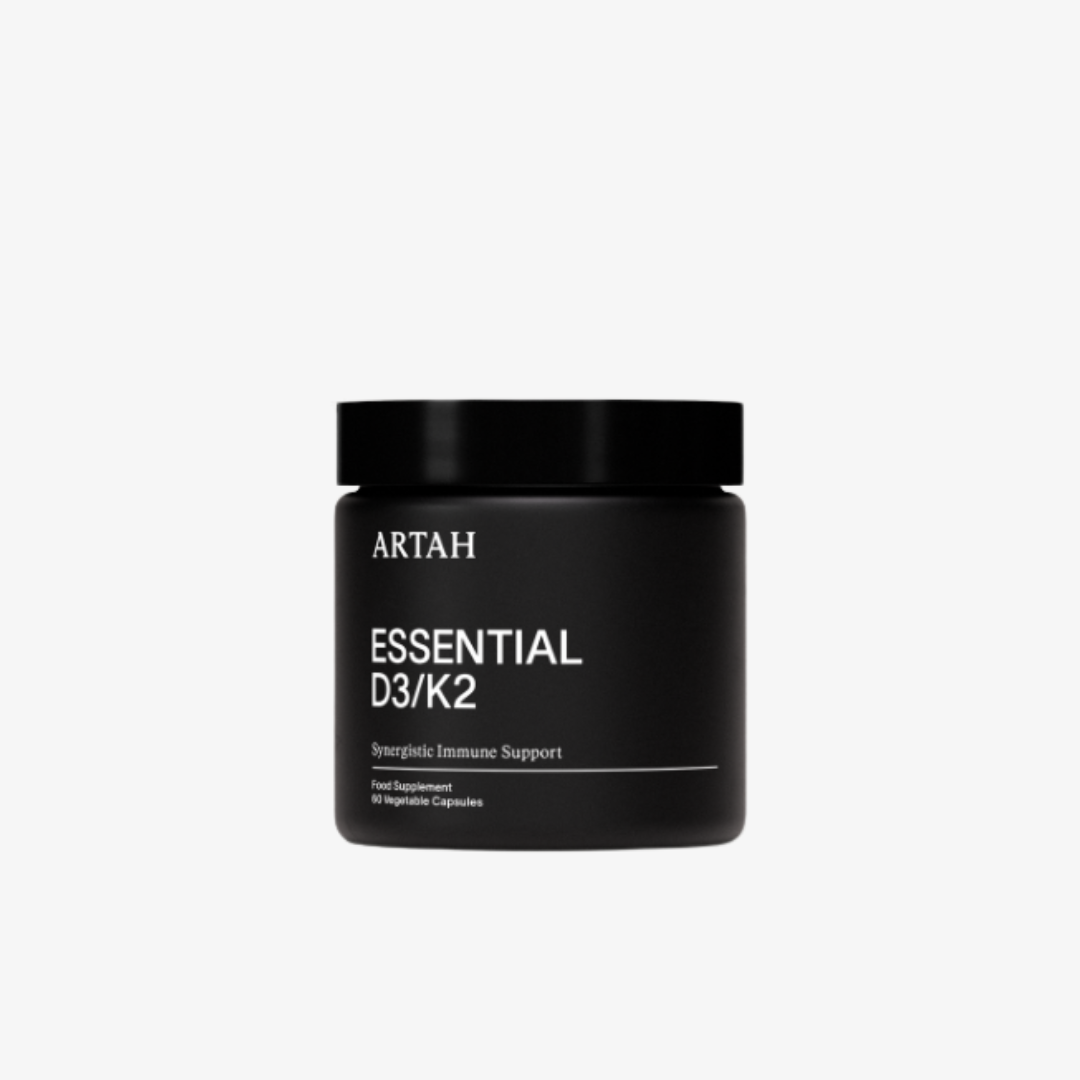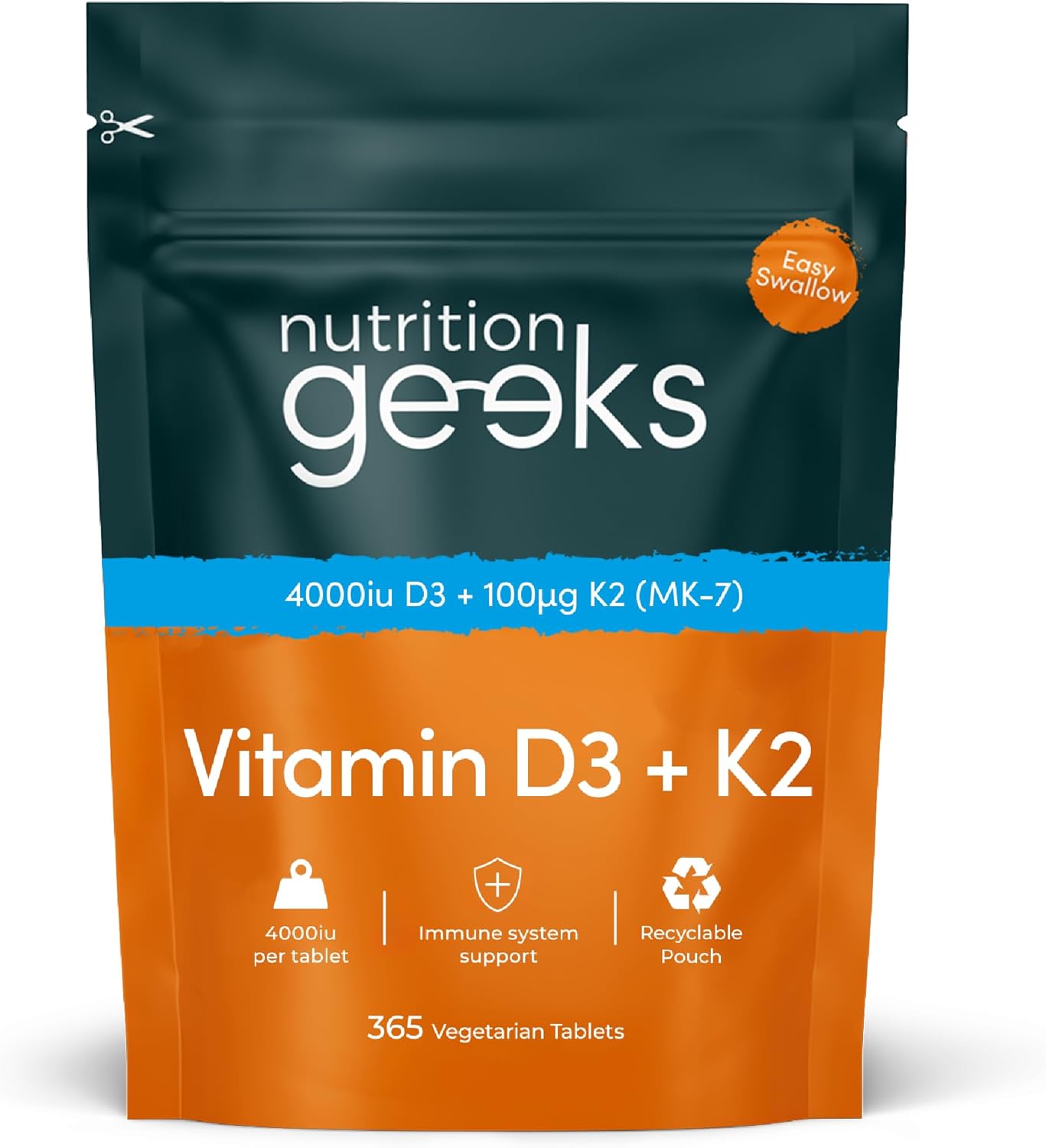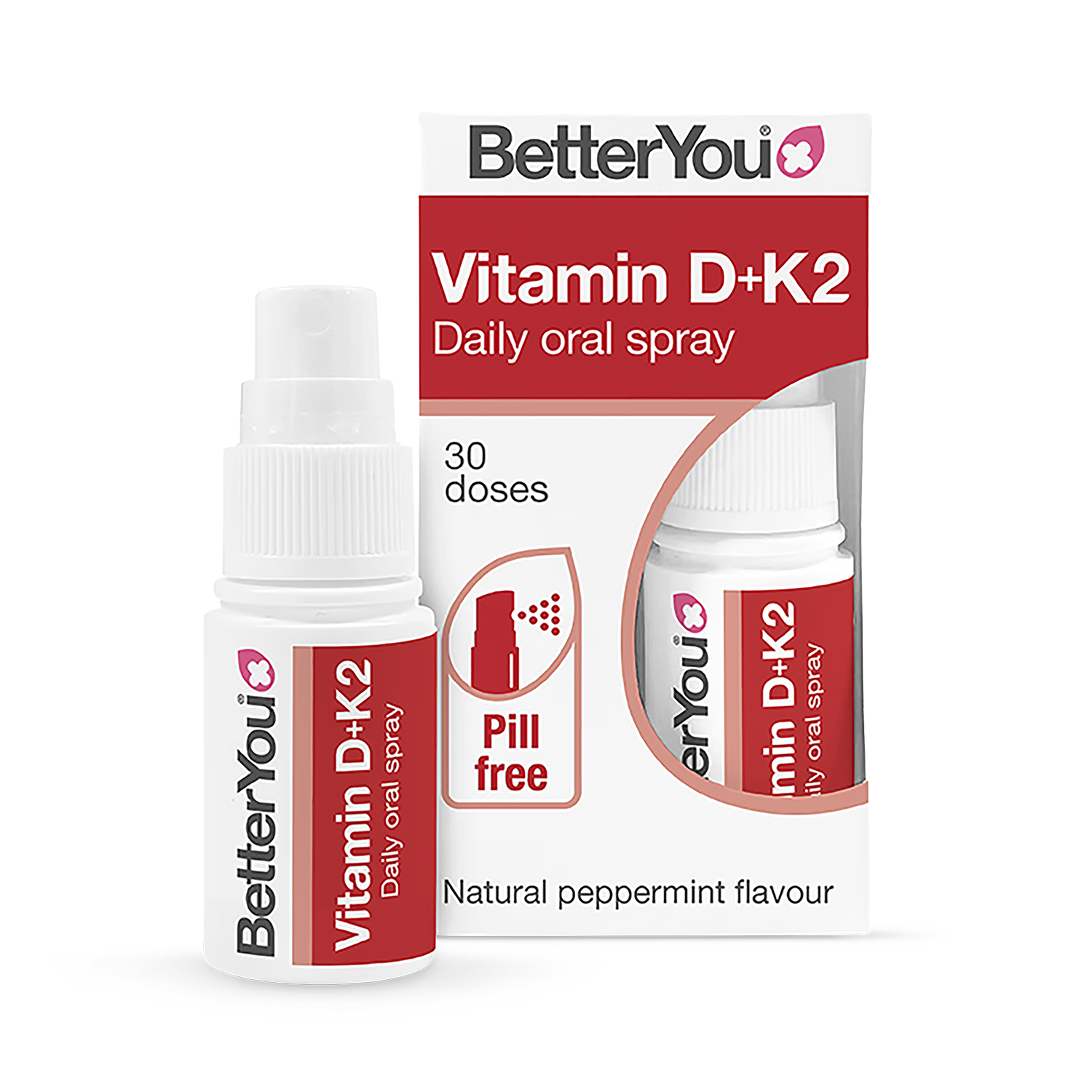Why You Should Consider Vitamin D a Key Player in Your Beauty Routine
The overlooked vitamin with beauty benefits


While we should consider taking a vitamin D supplement throughout the year, many people—myself included—tend to give it more thought during the winter months. The lack of sunshine and endless grey skies are constant reminders to support our vitamin D levels.
What is vitamin D and why is it essential for our health?
Vitamin D, also known as the sunshine vitamin, plays a huge role in several bodily functions—and what many people don’t realise is that it can also have a direct impact on our beauty routines, and in many ways, acts like a hormone. Low vitamin D levels can affect the appearance and texture of our skin, hair and nails, resulting in dullness, dryness, brittleness and breakage.
Vitamin D is a fat-soluble vitamin produced in the skin when exposed to sunlight, without SPF, and directly on bare skin. So, a lack of natural sunlight can lead to a deficiency. A recent report by FORTH found that 49.5% of UK adults have vitamin D levels below the recommended levels, a significant percentage of the population, highlighting just how common vitamin D deficiency is. Take this as your sign to get your levels checked.
“Vitamin D helps to regulate the amount of calcium and phosphate in the body, something that is essential for building and maintaining healthy bones,” says Dr Jessica Western, Cosmetic Doctor at Dr Leah Skin Clinics. “It also supports immune health and helps to reduce inflammation. Vitamin D is also involved in cell growth and neuromuscular function, both of which are vital for proper development and function of muscles and nerves,” she adds.
What are the signs of vitamin D deficiency?
Vitamin D deficiency symptoms often begin with systemic concerns, such as fatigue, lower back pain, and muscle cramps. But one that’s often overlooked is dry skin. “One of the most common ways in which a vitamin D deficiency impacts the skin is by impairing its ability to retain moisture, which leads to it becoming dry, itchy, and prone to breakouts,” explains Dr Jessica Western, an aesthetics doctor with a special interest in dermatology. “Vitamin D deficiency impairs the skin’s protective barrier, making the skin more prone to infections and inflammation, and can also trigger flare-ups or worsen existing conditions such as psoriasis and eczema.”
When it comes to skin appearance, low vitamin D can cause the skin to appear dull and accelerate the signs of aging. Because cell turnover slows down, you might even notice that blemishes and hyperpigmentation may take longer than usual to repair.
While researchers have only identified a moderate link between vitamin D deficiency and hair loss, Dr Zainab Laftah, Consultant Dermatologist at HCA The Shard, explains “that the vitamin D receptors are present in human hair-follicle cells and therefore play a role in the normal hair-growth cycle.” Implementing a supplement routine that includes vitamin D will likely have a more positive impact if you’re dealing with hair loss.
Celebrity news, beauty, fashion advice, and fascinating features, delivered straight to your inbox!
When it comes to nails, you really can see the effects of vitamin D. Dr Ireny Salama, aesthetics at The HVN, says: “Vitamin D plays a role in calcium regulation and keratin production. Low levels contribute to brittle, peeling nails, slower growth and ridging.” Something not even the best nail appointment can solve.
How to increase your vitamin D levels
“Global advisory bodies such as the National Academy of Medicine recommend around 600 IU (15 µg) daily for adults up to 70 years, rising to 800 IU (20 µg) for older adults,” says Dr Hanine Estephan, Founder of Glowspan & Scientific Advisor to Elevate Wellness. But before you rush to buy vitamin D supplements, make sure to consult your doctor—too much vitamin D can cause a build-up of calcium.
Unlike other vitamins, you can’t simply eat your way to higher vitamin D levels, as very few foods contain it naturally and so how you consume supplements matters especially more. “Clinical studies confirm higher serum 25(OH)D concentrations when vitamin D is taken with meals containing fat compared to fat-free meals.” Dr. Hanine Estephan recommends consuming foods like avocados, nuts, eggs, and dairy alongside your vitamin D for improved absorption. But don’t overthink it. Dr Hanine explains that it can be as simple as incorporating a vitamin D smoothie: “Elevate Wellness does this well with its Golden Boost smoothies, which blend vitamin D supplementation alongside fortified plant milk base with citrus, ginger, and turmeric to complement vitamin D’s anti-inflammatory effects.” Top tip: Pair your vitamin D with vitamins K2, which enhances absorption.
It’s also important to note that “there isn’t one ‘bad’ food that blocks vitamin D, but certain patterns and conditions can get in the way. Very low-fat diets, gut or liver issues that affect fat absorption, and medications that block fat absorption or bind bile acids can all make it harder for your body to use vitamin D properly,” explains Emily English, BSc-qualified nutritionist and founder of gut health supplement brand, Epetōme.
She adds: “Vitamin D is essential for overall health and supports the well-being of the skin, hair, and nails. While more research is needed to fully understand how deficiency directly contributes to issues such as hair loss, brittle nails, and skin inflammation, maintaining adequate levels remains important.”
The best vitamin D supplements to try

Zeynab Mohamed is a London-based freelance beauty and lifestyle journalist whose work explores the intersection of identity, culture, and the ever-evolving beauty landscape. She began her career on the beauty desk at British Vogue and has since written for a range of titles including Dazed, ELLE, Who What Wear, and Stylist. Her writing often examines how beauty trends both reflect and shape the world around us, particularly how they impact women. She also pens Face Value, her Substack newsletter, where she takes a more personal perspective on the way beauty touches our everyday lives.



